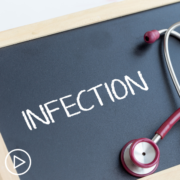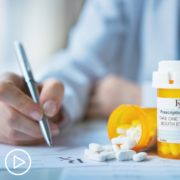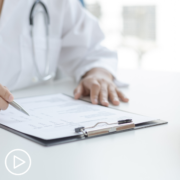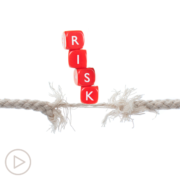How Can Myeloma Patients Reduce Infection Risks During Medical Appointments?
How Can Myeloma Patients Reduce Infection Risks During medical appointments from Patient Empowerment Network on Vimeo.
How much of a risk are medical appointments for multiple myeloma patients? Myeloma expert Dr. Sarah Holstein explains infection risks of infusion appointments versus clinic visits – and shares how she’s helped to ensure safe visits for her patients.
See More From the Myeloma TelemEDucation Empowerment Resource Center
Related Resources:

|

Will Telemedicine Mitigate Financial Toxicity for Myeloma Patients? |

|
Transcript:
Dr. Sarah Holstein
So, I think the risk associated with going in to get your blood drawn is probably quite low. All health care providers are going to be masked. The time that is spent getting the blood actually drawn is quite low and generally are in and out. So, for what I’ve tried to do for patients is of course to minimize unnecessary lab draws and if possible, try to coordinate them with other tests that are being done that day or other visits that are being done that day, and the infusion appointments, of course are necessary. But again, I think the risk of going to an infusion appointment is quite low, where I think the risk gets a little bit higher is when you’re sitting in waiting rooms of clinics and some people are slipping their masks off to drink coffee or to do other things, like that. And so, on my end, what I’ve tried to do to reduce risk is to utilize telehealth appointments as much as possible so that patients aren’t spending time in waiting rooms, but again, some of the necessary evils are just that you have to get some labs drawn to make sure that it’s safe to administer chemotherapy to make sure that the treatment is working, and you also have to go to infusion appointments.
I will say I’m pretty strict about masking, so if I have a patient perhaps come in for an in-person visit and it’s the type of mask where it’s slipping off of their face as they’re talking, and we’ve all experienced those types of masks that fit fine until you actually start talking. I’ll get a replacement mask for them to really make sure that everybody, the healthcare providers, the team as well as the patient, and if there’s a family member with them or a safest can be, and that includes wearing a properly-fitting mask.










